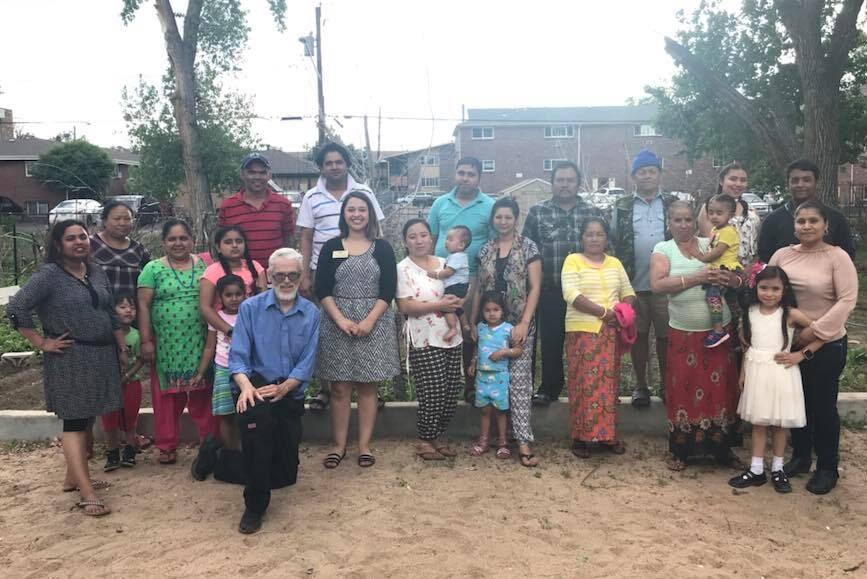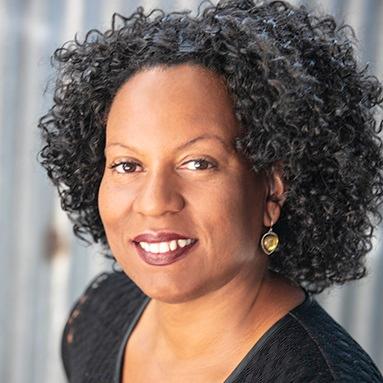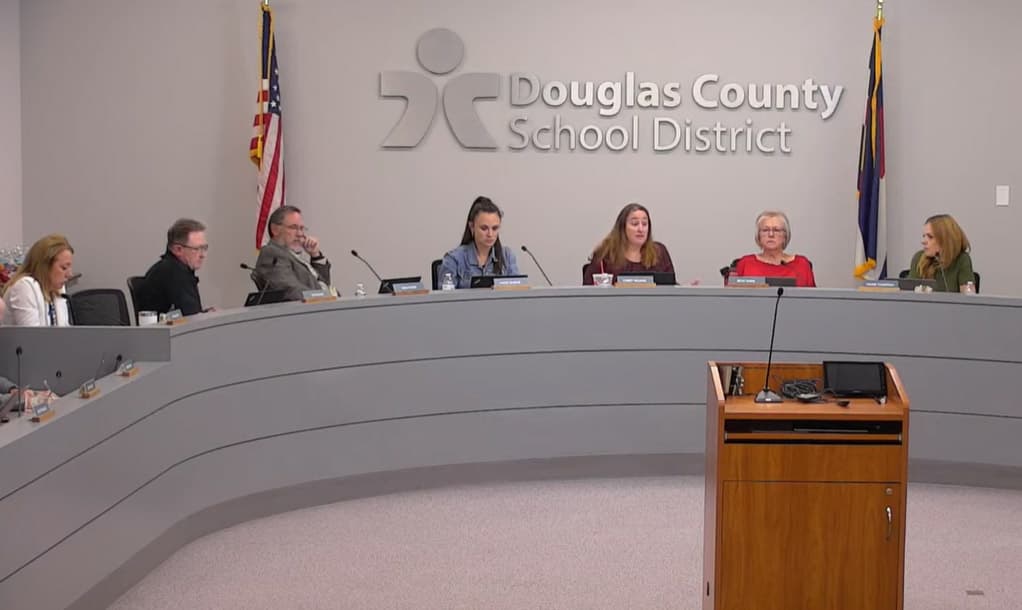
Colorado Peoples Alliance’s new 30-year-old Executive Director Crystal Murillo generally calls herself Mexican-American, not “Latinx” (pronounced “Latin-X”).
“I don't know if a lot of communities that we work with or serve generally use that,” she said. “I often just hear that more in professional spaces and not so much in colloquial spaces.”
She was promoted from deputy director of COPA to executive director in July, helming the 300-member racial justice organization focusing on immigrant, economic and climate issues. She’s also a city council member in Aurora.
New research has shown that awareness of the term “Latinx” is growing - but it’s not becoming more popular. Murillo is not planning on using the term, which both researchers and communities she works with see as disconnected from how people who are of Hispanic and/or Latin descent choose to define themselves.
“We're hoping to reimagine COPA in a really exciting way, really anchoring racial justice as part of our internal processes and values. So we've done a complete overhaul and evaluation … In this new manifestation, what are we focusing on? We're doing deep listening in our communities to make sure that what we're fighting for is really in line with what the community and the issues that they care about.”
One of those issues is not what letter goes after the letter “n” in Latin.


“I've also heard ‘Latina’ with the X, or the A, and the O, [and] the @ sign,” she said in a recent interview. “I think I get why the A and the O – it's both masculine and feminine – that's kind of how the language is, just how you would use it in speaking Spanish.”
“But,” she added, “I think people were moving to the X to be a little bit more gender-inclusive.”
That doesn’t mean anyone’s really embracing the X: “So I mean, I generally refer to myself as Mexican-American, not even Latinx.”
That tracks with a new study that shows people surveyed aren’t really feeling the term Latinx. How many call themselves that? A few out of a hundred. How many would like it to go away? Three out of four.
And what’s more: twice as many Hispanic or Latino people know about “Latinx” as they did five years ago – but that only brings up the amount who know it from a quarter to about half.
All of that is according to a new study released September 12 by the Pew Research Center entitled: “Latinx Awareness Has Doubled Among U.S. Hispanics Since 2019, but Only 4% Use It.’
“It's pan-ethnic term to describe what is really a very diverse and nuanced population in so many different ways,” said Mark Hugo Lopez, Director of Race and Ethnicity Research at the Pew Research Center, one of three authors on the study.
He said that some of the center’s previous work has found that rather than using constructed terms like “Latinx” and “Latine,” people who are of Hispanic or Latino origin prefer those terms, or they identify with a country as Murillo does.


“In other work that we've done at the Center shows that about half of Latino adults prefer to use their country of origin term like “Mexican” or “Cuban” to describe their identity over something like Hispanic, Latino, Latinx, or anything else,” said Lopez. “And that is interesting in many ways because it's about their family's backgrounds and less about this broad – or to be frank – invented term in the United States.”
The term Latinx came about as a gender-neutral term eight years ago after the shooting at Pulse nightclub.
“The first substantial rise in searches (relative to all online searches) appeared in June 2016 following a shooting at Pulse nightclub, an LGBTQ+ dance club in Orlando, Florida, that was hosting its Latin Night on the date of the attack,” according to a Pew study footnote.
But that doesn’t mean it’s growing, according to findings from a specific population, the researchers probed: In November 2023, the three-person team surveyed more than 5,000 bilingual people 18 and older who were randomly recruited through address-based sampling in the 50 states and DC, who identified as Hispanic or Latino who answered questions from a survey online, according to Lopez.
“We do a lot to ensure that the panel is balanced, that we have not only, for example, Democrats or Republicans, Latinos and [Afro-Latinos], but also people from all different parts of the country,” he added.
The survey found that of those who participated:
- 52% prefer the term “Hispanic” to describe people who are of Hispanic or Latino origin;
- 29% prefer the term “Latino;”
- 2% prefer “Latinx;”
- 1% prefer “Latine;” and
- 15% have no preference.
“Latine” is even less popular than “Latinx” both in preference and awareness. “Our new survey finds that while 18% of Hispanic adults have heard of the term Latine, 79% say they have not,” according to a press release for the study.
That compares with 23% of survey participants who’d heard of Latinx five years ago and 47% who claimed familiarity with the term at the time this study was taken.
At Murillo’s organization, those terms just don’t come up much, as the non-profit is restructuring under her leadership to accomplish a range of goals.
“We train our members ... from just starting with issues impacting their communities to then developing and understanding a particular issue, learning how to write policy, meet with legislators, go testify at the capitol, build a base of supporters to advance a particular issue,” she said.
The organization has also been active in “helping pass the minimum wage in the state of Colorado, the earned income child tax credit, helping expand that, really trying to get money into our community's hands,” Murillo said.
Murillo and the team of nine other staffers are also busy addressing human rights violations at the ICE Detention Facility in Aurora.
“We’ve heard the stories of folks who are being detained and some of the violations,” she said. “So we've worked with Aurora City Council [around] state oversight of these private facilities and even opening up the possibility for our federal congressional delegation to do site visits within a certain period of time.”
She said she has a deep sense of commitment to her community based on her family’s immigration experience from Mexico and herself being the first person to graduate from high school in her family.
“And part of the reason I also ran for council is this deep responsibility to my family and my larger community,” she said.“And I've had so many opportunities that my mom, who's a single mother and immigrant, – same with my grandma – didn't have those same opportunities. And growing up in Aurora, I've been so privileged and fortunate. This is really me honoring their legacy and those values that I was taught about responsibility, love, and just community care.”
With all that going on, is there really room for “Latinx” or “Latine” among the work she’s doing helping folks trying to regain their freedom from detention, run for local office or earn a few more dollars an hour?
Maybe not: “I think that's more of an academic term, right?” she asked.







